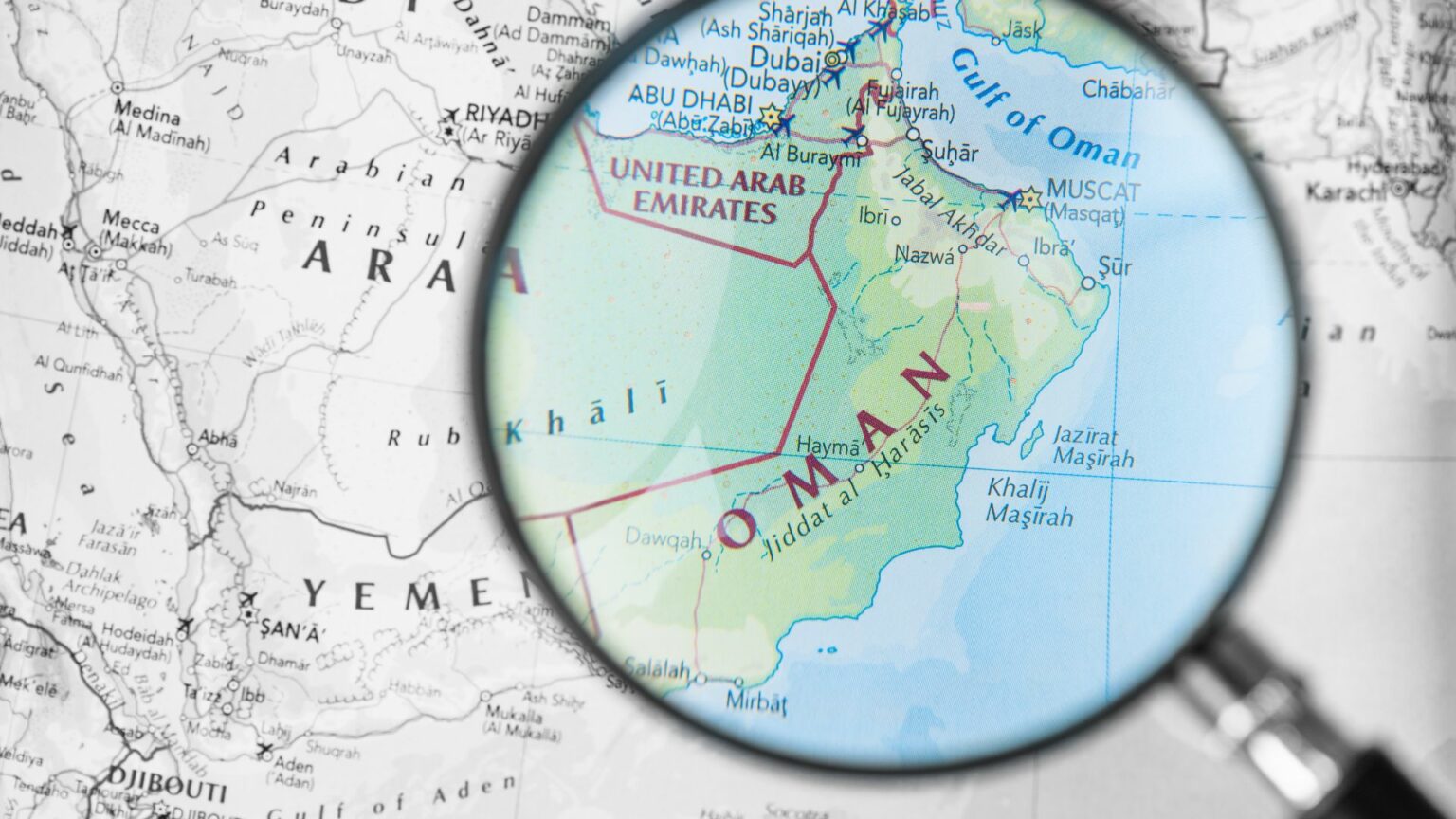Oman’s journey towards a sustainable and green future took center stage at the Oman Green Hydrogen Summit, where OQ Gas Networks (OQGN), the exclusive owner and operator of the natural gas transmission network in Oman, presented its visionary plans for a hydrogen value chain.
The summit showcased OQGN’s commitment to driving the green hydrogen agenda, emphasizing the potential of a hydrogen common use infrastructure to empower and enable this transformative initiative.
OQGN’s vision revolves around the concept of a hydrogen value chain that harnesses the advantages of a common use infrastructure. This approach is designed to provide economies of scale, efficient storage capabilities, and a single point of accountability. Visual representations at OQGN’s stand illustrated the integration of green hydrogen production, transmission, distribution, derivatives synthesis, terminals, and storage, culminating in exportation. With an extensive pipeline network spanning 4,031km as of 2022, OQGN is poised to play a pivotal role in Oman’s hydrogen landscape.
A strategic partnership between OQGN and hydrom, an organization orchestrating hydrogen development in the Sultanate, is set to create pioneering hydrogen infrastructure in key areas such as Duqm and Salalah. The emphasis on open access hydrogen infrastructure managed transparently aims to ensure a level playing field for all stakeholders. Dedicated green hydrogen pipelines are also in the pipeline, complementing the existing natural gas infrastructure. OQGN’s recent successful IPO, raising approximately $750 million, underscores the growing support for Oman’s green initiatives.
Adjacent to OQGN’s stand, bp showcased its plans for Duqm, signing an agreement with hydrom in June to potentially develop a green hydrogen project. This ambitious project spans 320 sqkm, aiming to deliver 3.5GW of renewable capacity and produce 150,000 tonnes of green hydrogen and 840,000 tonnes of green ammonia annually. With a 15-year history in Oman, bp is committed to collaborating on renewables strategy, regulation, and the development of a renewable energy hub, aligning with Oman’s vision for a sustainable future.
On a panel discussing the scaling of hydrogen, Monica Trench, bp’s Head of Hydrogen, emphasized the importance of industries creating local demand to de-risk first-generation projects. The need for localized infrastructure and businesses was highlighted by David Edmondson, outgoing CEO of NEOM, the $8.4 billion project in Saudi Arabia targeting significant green hydrogen production.
Oman has set ambitious targets, aiming for zero routine flaring by 2030, a 7% reduction in greenhouse gas emissions by 2030 compared to 2021, and a Net Zero status by 2050. The developments presented at the Oman Green Hydrogen Summit signify a significant stride towards achieving these goals, positioning Oman as a key player in the global green hydrogen landscape.





